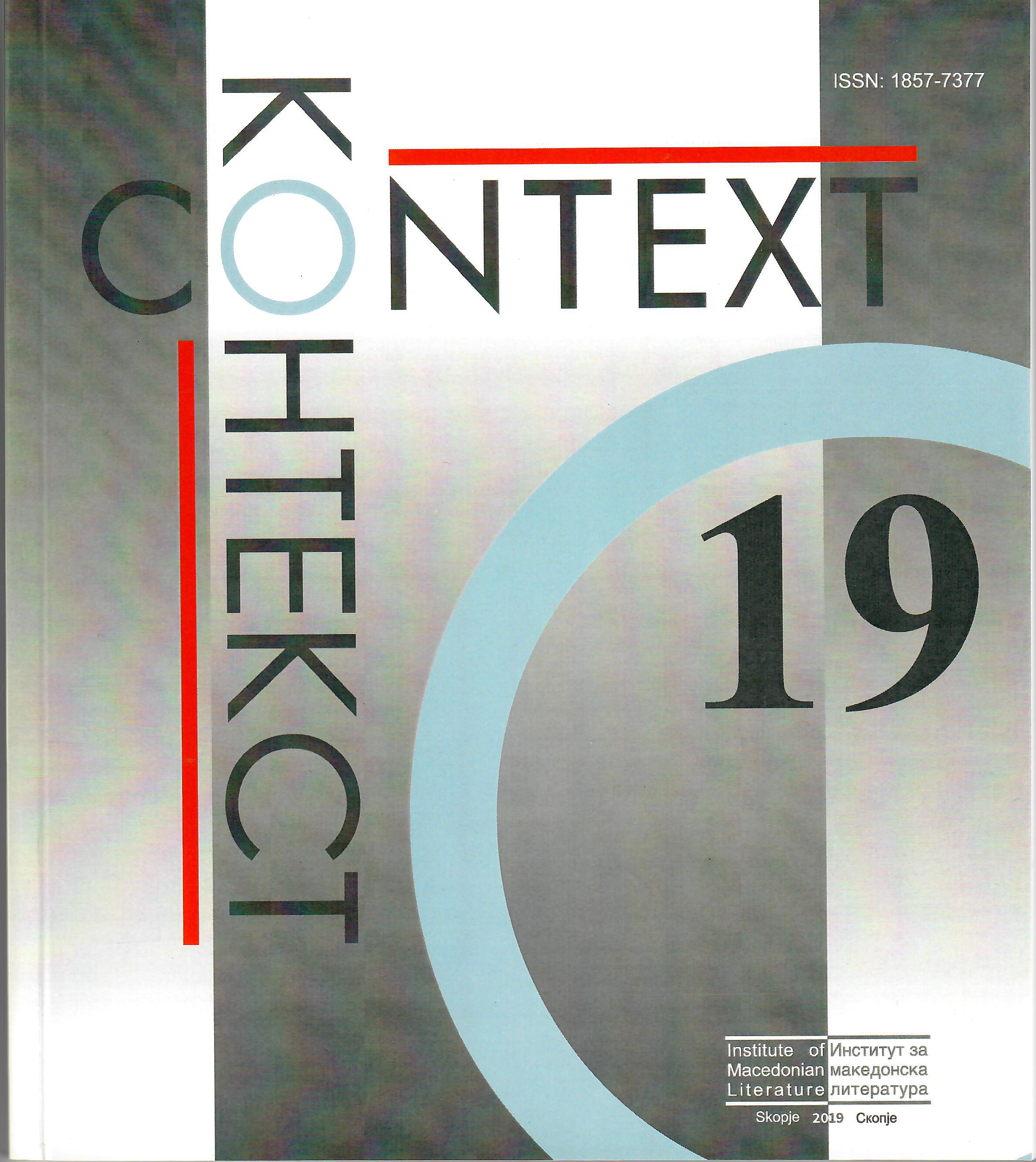ДЕЛАТА НА ВИЗАНТИСКИТЕ ХИМНОГРАФИ
И НИВНАТА РЕЦЕПЦИЈА ВО МАКЕДОНСКАТА
СРЕДНОВЕКОВНА МУЗИЧКА И КНИЖЕВНА
ТРАДИЦИЈА
The Works оf тhe Byzantine Hymnographers аnd their Reception in the Macedonian Medieval Music and Literary Tradition
Author(s): Ilija VelevSubject(s): History, Literary Texts, Cultural history, Oral history
Published by: Институт за македонска литература
Keywords: Byzantine literature; hymnography; Byzantine eastern chant; Macedonian tradition
Summary/Abstract: The byzantine eastern chant as well as the hymnographic literary genre ensemble are closely associated with the Christian liturgy and the ritual of religious service as an act of celebration with a melodic-poetic form of expression, which should evoke the religious impression of a worshipper’s relation to the celebration and worship of God when celebrating or worshipping their religion. Liturgically they are expressed through the established typological forms of the Orthodox Christian octoechos, canonically standardized in Byzantium as early as the VIII century and reformed into a musical-technical and notational form in the XIV century by Joan Kukuzel and his followers. Specific research displays the reception of the main Byzantine hymnographers, who have made significant editorial contributions to some of the liturgical books. In the medieval Macedonian music and literary tradition there was an intense reception of the works of the Byzantine hymnographers through the Slavic translations, transcriptions and creative compilations in the so-called original Slavic hymnographic compositions. More precise structural research has shown that even the Slavic translations of the Byzantine hymnography reflected particular authorization of the Byzantine form, as the translator was unable to fully adapt the original identical versification or the music (the melody) from the original into its translation, and sometimes there was a disruption of the original acrostic in the canonical songs. However, the so-called original hymnographic works, intended to eulogize and celebrate, from a textual and structural perspective were composed only in support of the Byzantine creative cliché, and they were supposed to reflect the general Christian theological views and cult impressions.
Journal: Context/Контекст
- Issue Year: 2019
- Issue No: 19
- Page Range: 7-14
- Page Count: 8
- Language: Macedonian

